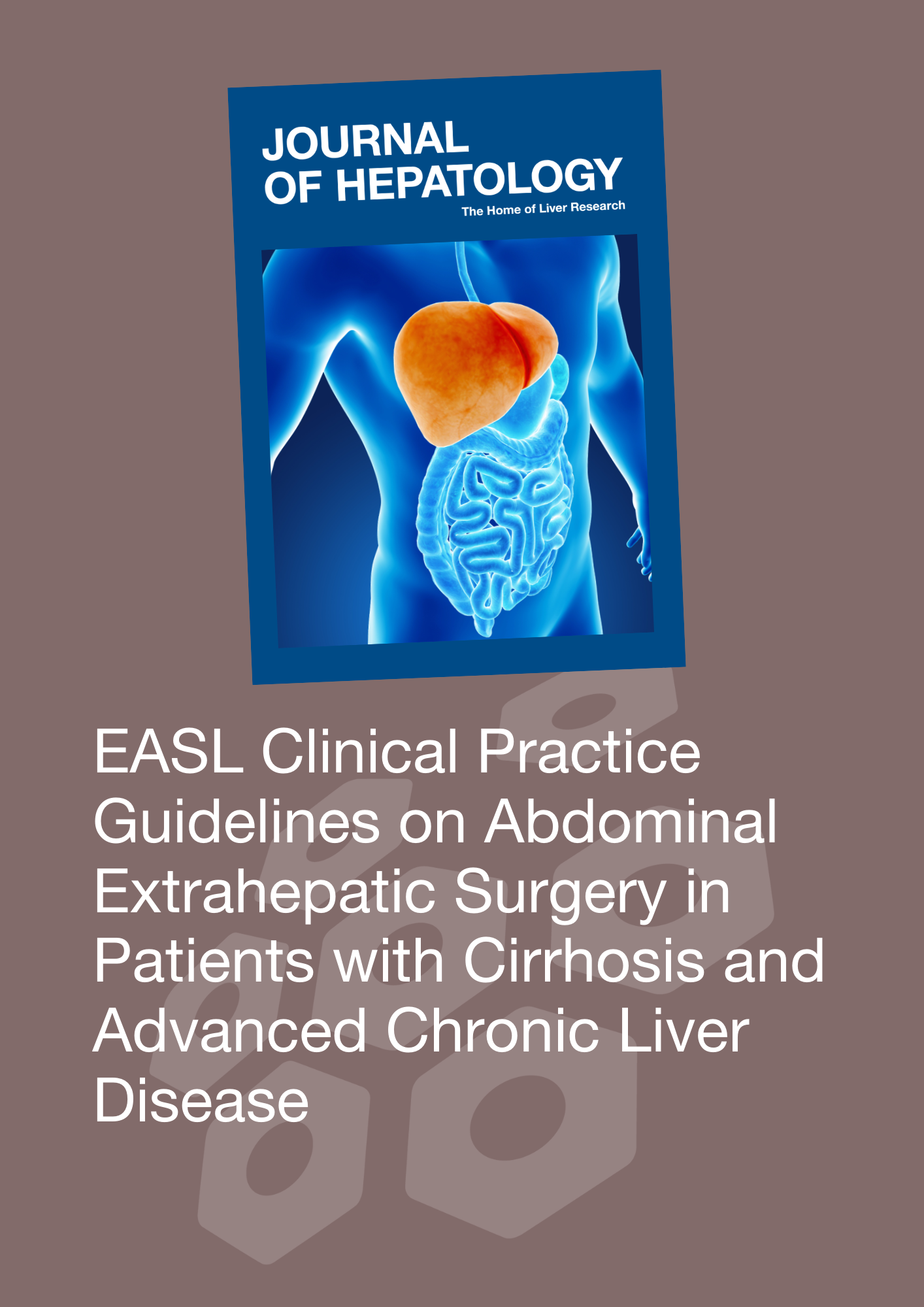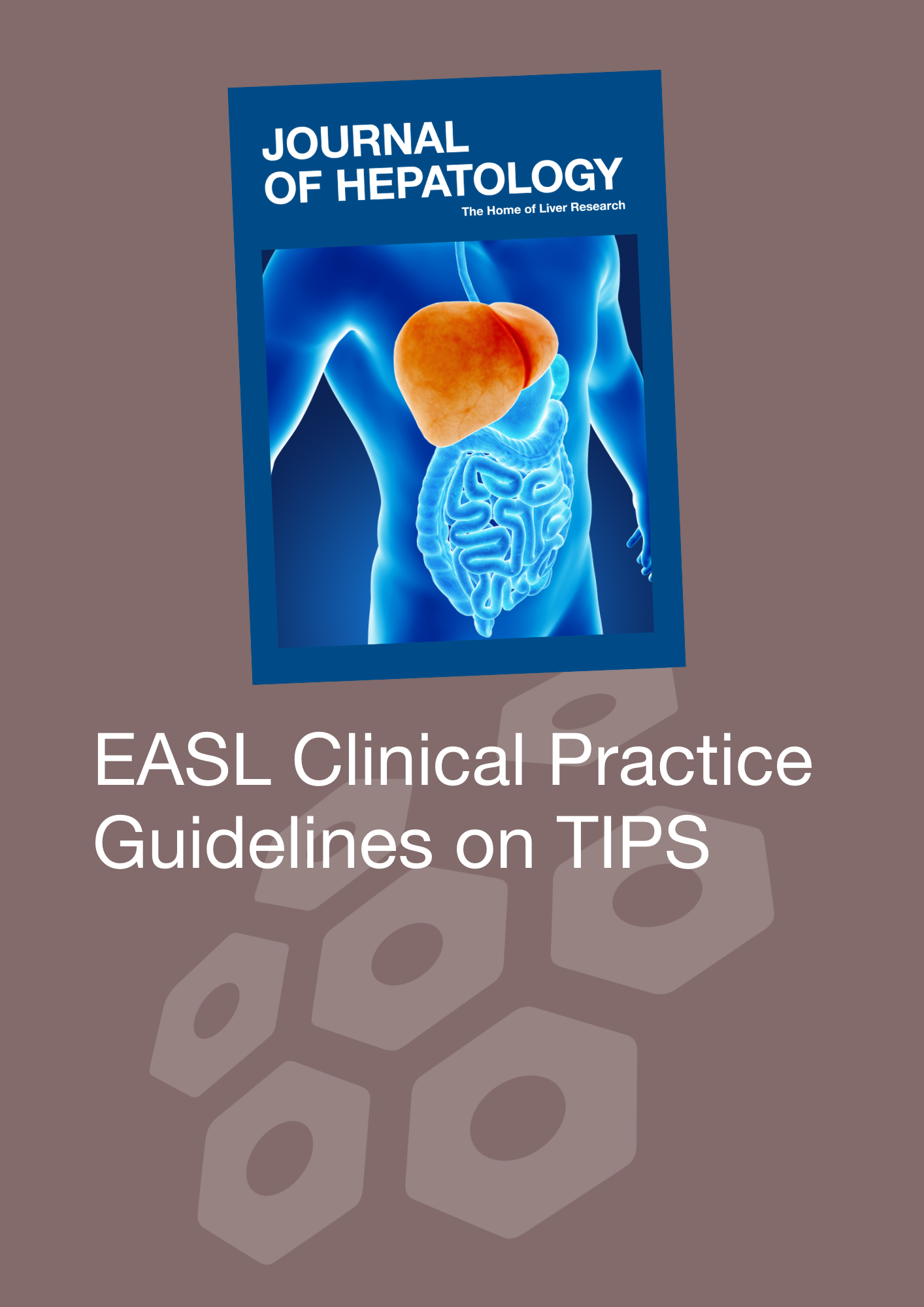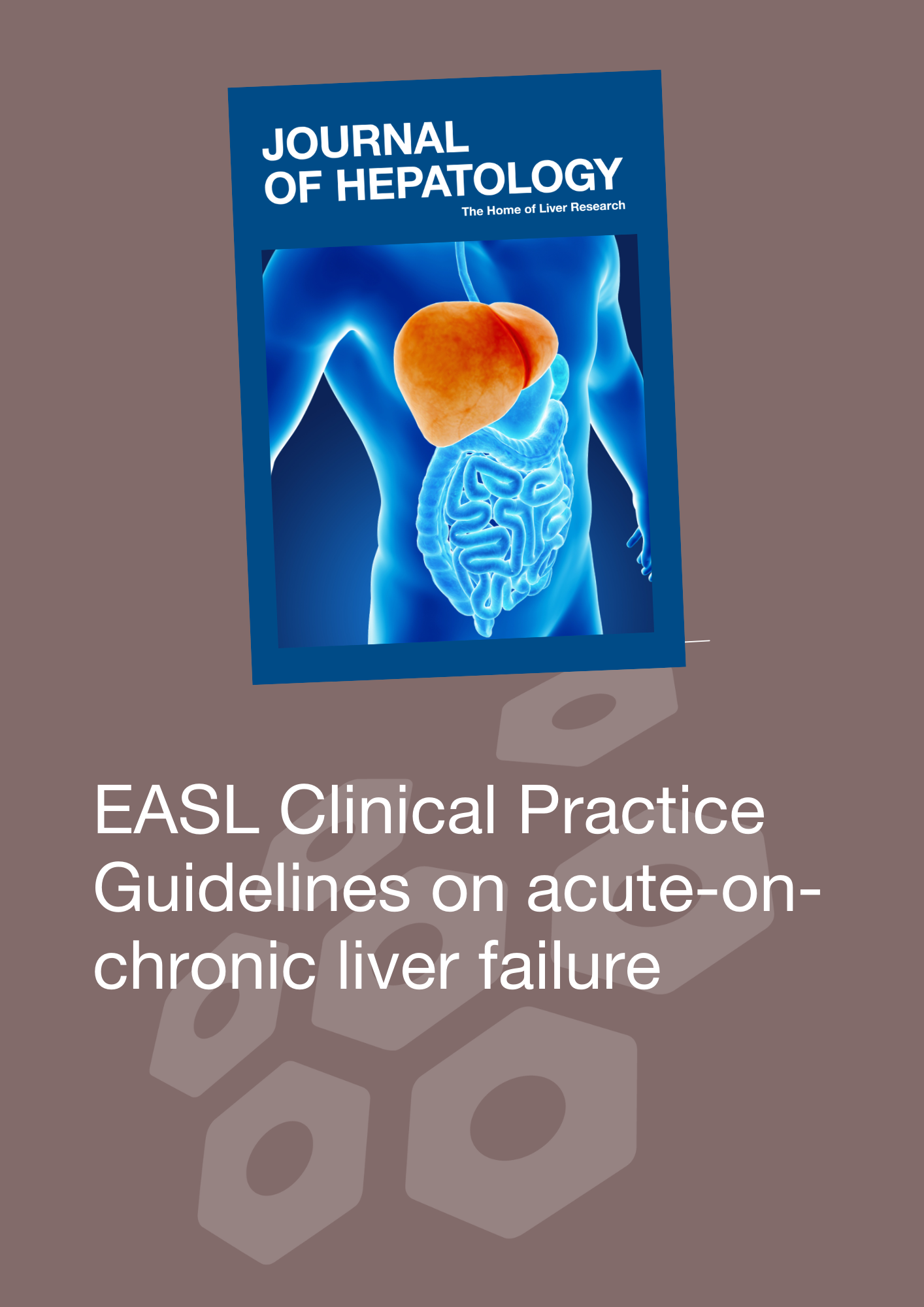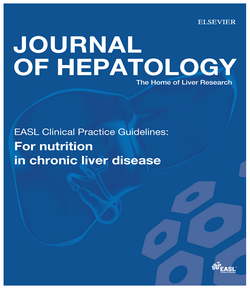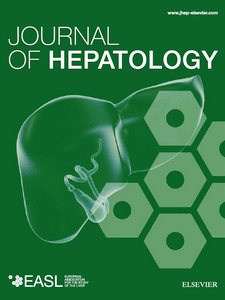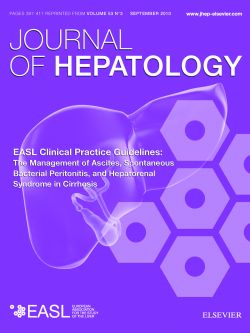EASL Clinical Practice Guidelines on abdominal extrahepatic surgery in cirrhosis and advanced chronic liver disease
Extrahepatic surgery in patients with cirrhosis of the liver represents a growing clinical challenge due to the increasing prevalence of chronic liver disease and improved long-term survival of these patients. The presence of cirrhosis significantly increases the risk of perioperative morbidity and mortality following abdominal surgery. Advances in preoperative risk stratification, surgical techniques, and perioperative care have led to better outcomes, yet integration of these improvements into routine clinical practice is needed. These clinical practice guidelines provide comprehensive recommendations for the assessment and perioperative management of patients with cirrhosis undergoing extrahepatic surgery. An individualised patient-centred risk assessment by a multidisciplinary team including hepatologists, surgeons, anaesthesiologists, and other support teams is essential.

